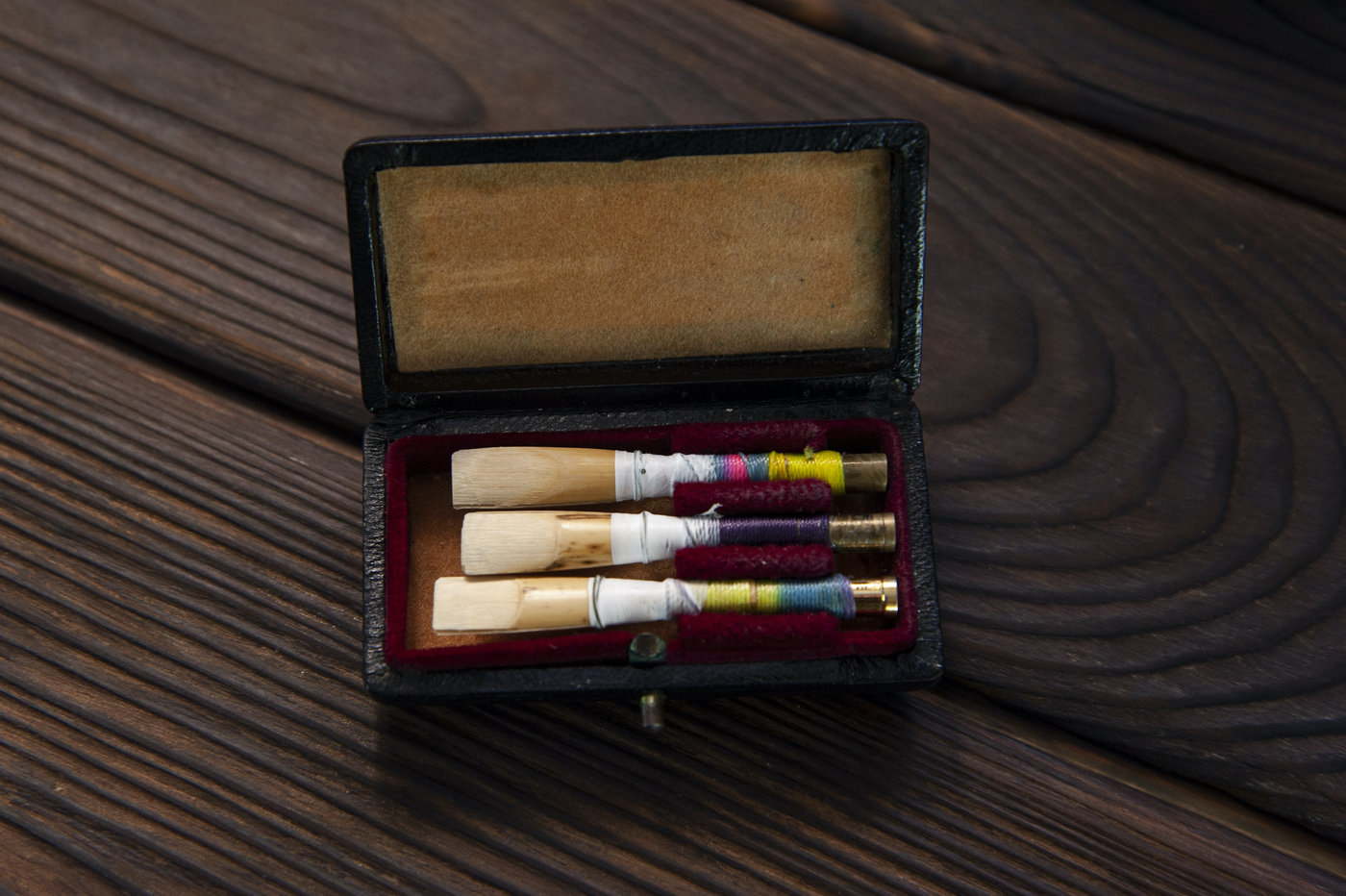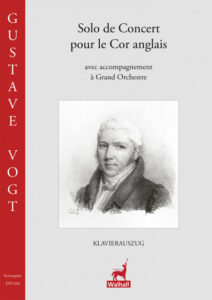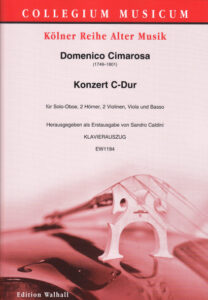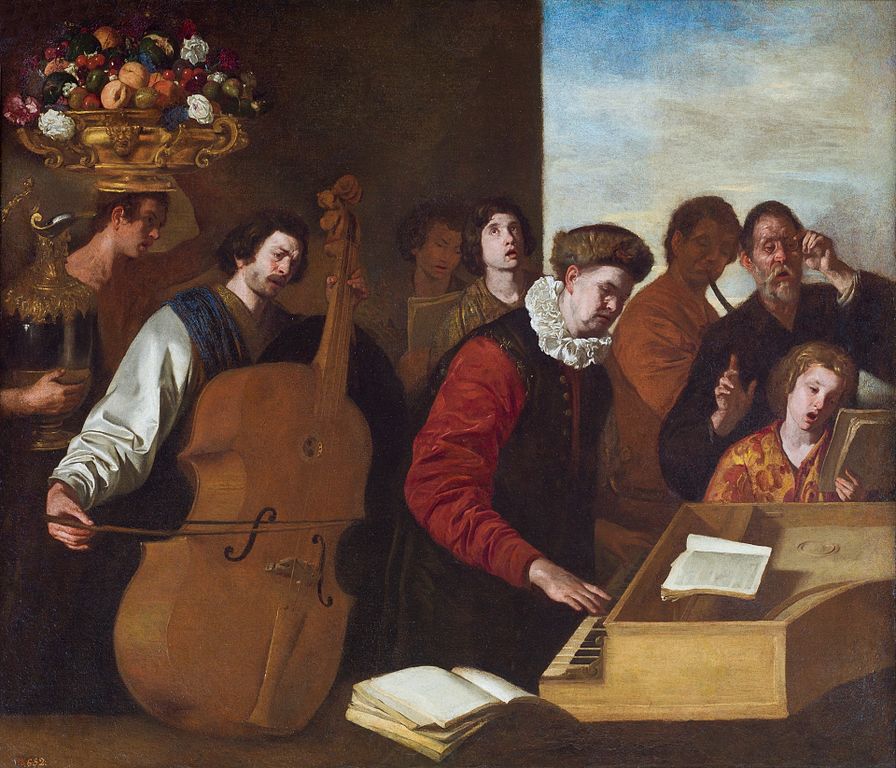Reconstructed, edited for the first time or completely new
Concertos for oboe or cor anglais by Gustave Vogt, Domenico Cimarosa and Pēteris Vasks.

In a list of the most important oboists in music history, the name Gustave Vogt (1781-1870) should not be missing alongside the likes of the Plà brothers, Carlo Yvon, Antonio Pasculli, Léon Goossens, Evelyn Rothwell and Heinz Holliger. In the first half of the 19th century, he trained two generations of players for almost 50 years and had a fundamental influence on the Parisian oboe school. Only the 2nd movement of a three-movement concerto for cor anglais and orchestra has survived in the original. The same music appears in a transposed version in his 2nd oboe concerto, which prompted the oboist and editor Michel Rosset to transpose the 1st and 3rd movements for the cor anglais in the same way. His commendable reconstruction is highly convincing.
The three directly consecutive movements follow a Romantic gesture, and the operatic tone is occasionally reminiscent of the almost 20 years older Scène for cor anglais and orchestra by Antoine Reicha. The high level of virtuosity lies well in the hand, the vocal passages are always finely and richly ornamented, and the composition, which lasts a good quarter of an hour, is also formally convincing in the most beautiful way.
Domenico Cimarosa's original C major concerto was published for the first time by the same publisher. It was written in 1781, three years after Mozart's famous contribution to this genre. Although there are certainly echoes of the great model, the two concertos are not comparable. Cimarosa composes much more succinctly - he manages to write a veritable rondo in just 2 minutes in the 3rd movement, for example - and combines the movements with "attacca" writing. The heart of the concerto is a vocal Andante sostenuto in A minor: here Cimarosa proves himself to be an inspired opera composer.
Pēteris Vasks' has just released a brand new concerto. His English horn concerto (1989) has already achieved great popularity, presumably because of its unabashed stylistic proximity to Jean Sibelius' Swan of Tuonela. His oboe concerto, which has now been published (as a piano reduction with solo part), is also likely to find its way into concert halls, as its simple, modal tonal language appeals to the musical tastes of the subscription audience. Two melodic pastorale movements (Morning and Evening Pastorale) frame a lively middle movement in which various dances and an arioso come together and frame an extensive solo cadenza. The brittle piano reduction is unlikely to be satisfactory for a performance, but merely serves as preparation for a rehearsal with orchestra.
Gustave Vogt: Solo de Concert pour le Cor anglais, for cor anglais and large orchestra, first edition and reconstruction by Michel Rosset; score: EW 1216, € 32.50; piano reduction: EW 1208, € 18.50; Edition Walhall, Magdeburg
Domenico Cimarosa: Concerto in C major for solo oboe, 2 horns, 2 violins, viola and basso, first edition by Sandro Caldini; score: EW 1200, € 23.50; piano reduction: EW 1194, € 14.90; Edition Walhall, Magdeburg
Pēteris Vasks: Concerto for oboe and orchestra, piano reduction by Claus-Dieter Ludwig, ED 23365, printed edition € 32.00, Schott, Mainz








